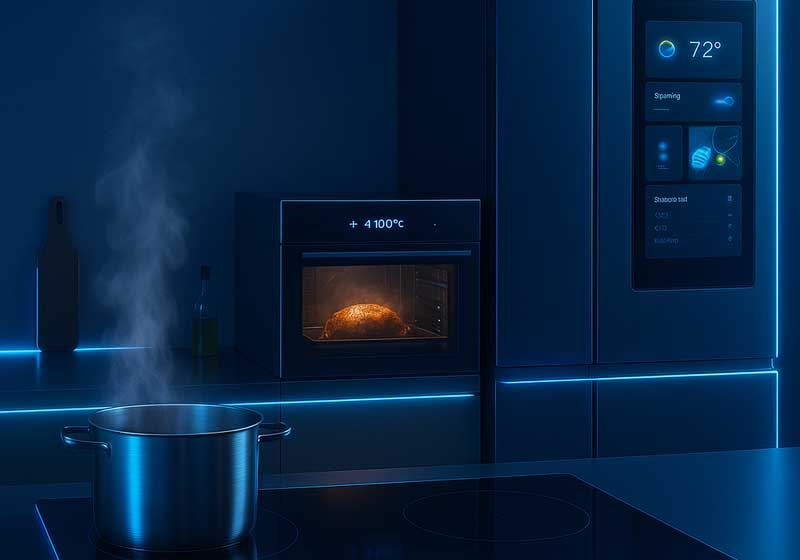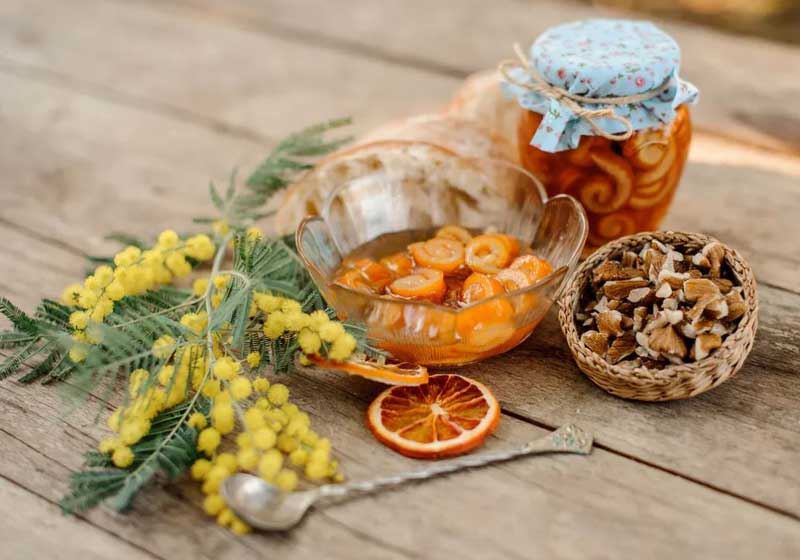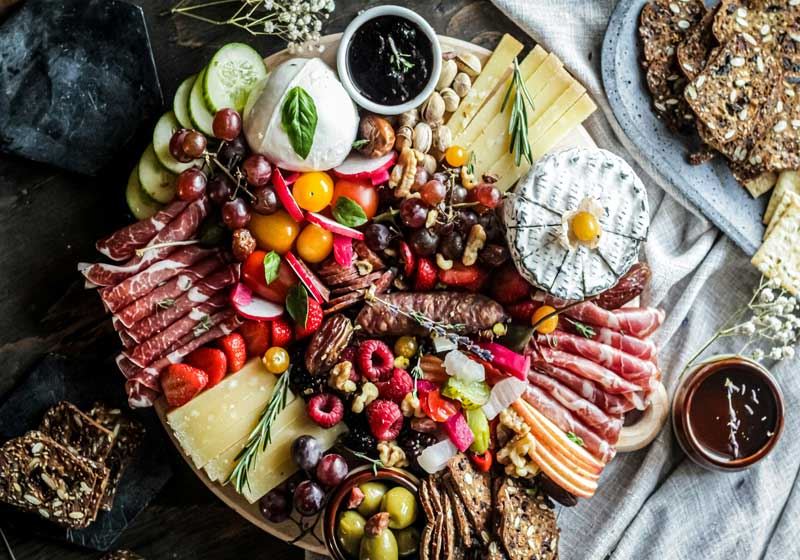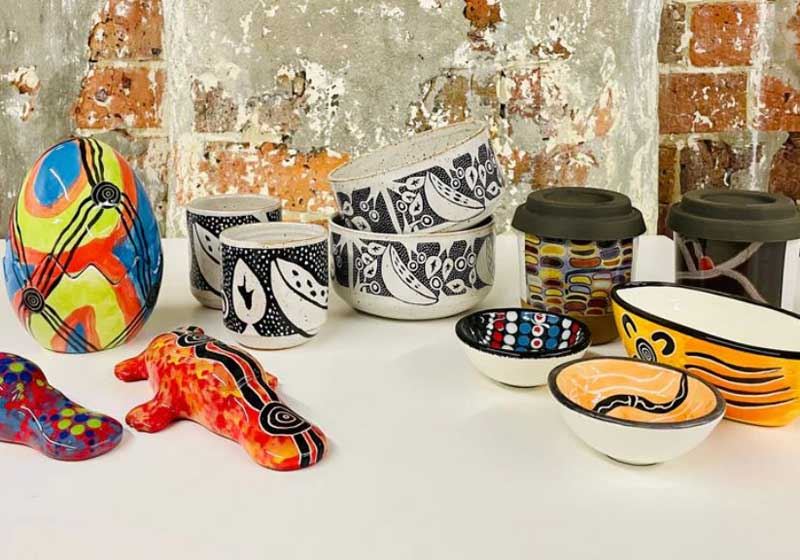By Laura Rancie.
Just like the crepe pan is to the French or the tagine to Morocco – the donabe is a beloved tool in kitchens throughout Japan. Its magic lies in its ability to sustain a unique ambient heat within its earthenware vessel shape. Coming from the word do, meaning clay in Japanese and nabe which translates to pot - what we have is literally a clay pot. Although it is so much more than that:
History of donabe:
Consistent and traditional, the use of the donabe dates back centuries, an integral part of identity, culture and tradition. Crafted from clay sourced from specific regions of Japan known for their quality deposits, the donabe is synonymous with craftsmanship and culinary excellence.

Nagatien iga yu classic donabe, Minimaru.
The donabe has evolved alongside Japanese culinary culture, adapting to changing tastes and techniques while remaining true to its fundamental principles. It found its way into homes across Japan, where it became a cherished family heirloom, passed down from generation to generation.
Culture of the donabe:
Its design. characterised by porous clay, allows for gentle heat distribution and the retention of moisture culminating in tender, flavourful dishes. Central to this experience is the art of communal dining where friends and family gather around the simmering vessel, each ingredient carefully selected to create layered flavours.
The process is deliberate with each addition considered, as the ingredients meld together to create a harmonious whole. From delicate slices of seasonal vegetables to succulent cuts of meat and fresh seafood, the donabe accommodates an array of ingredients all contributing their essence to the final masterpiece.

Nagatanien hakeme classic donabe, Minimaru
Beyond its practical utility, the donabe embodies a philosophy of mindful eating, rooted in the principles of seasonality and sustainability. In Japan where reverence for nature permeates every aspect of life, it serves as a conduit for connecting with the natural world, as ingredients are chosen with care to reflect the changing seasons. This reverence for nature extends beyond the kitchen, fostering a deeper appreciation for the interconnectedness of all living things.
In the modern era, the donabe has experienced a resurgence in popularity, both in Japan and abroad, as Chefs and home cooks rediscover the joys of traditional Japanese cooking techniques. Its timeless appeal lies in simplicity and versatility.
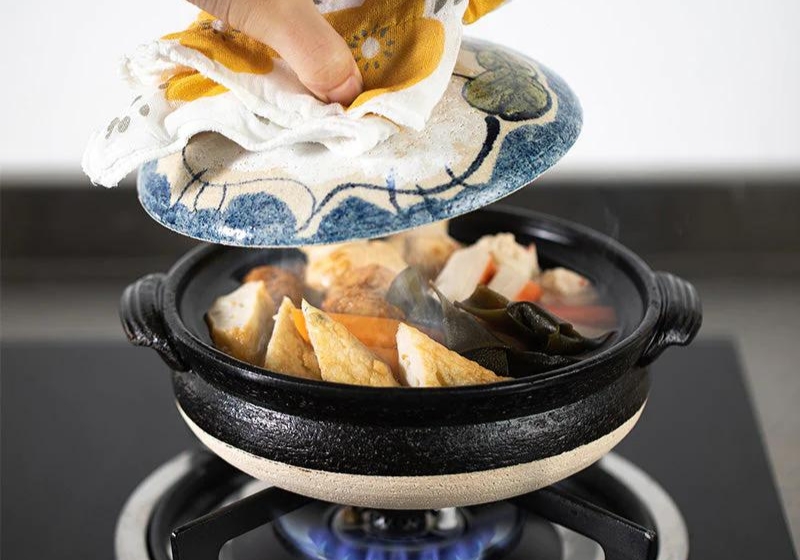
Shimoyama hakeme classic donabe, Minimaru
Where to get your own donabe claypot:
If you already own one, then you'll appreciate the Japanese claypot information and seasoning guide found over here.
As for those of us who are new to the world of the stunning art and methods of the donabe - we have found our favourite five claypots from Minimaru – they offer superior heat retention, evenly distributing heat for a perfect cook and crafted from high-quality clay. With each pot containing a unique design, they are all a testament to the exceptional craftsmanship and Japanese aesthetic – bringing ancient culture to your modern kitchen. Use a clay pot for slow-cooking stews, soups or try your hand at a traditional hot pot (nabemono).

SHIMOYAMA BANKOYAKI Small Donabe Clay Pot 900mL $75:
One of the most stunning looking donabe clay pots also happens to be the cheapest as it’s an easy small clay pot for one.
My absolute favourite claypot and one I am very excited to try out personally in the coming days. It’s just stunning! Making pottery since 1832, each Nagatani-en Donabe clay pot is handcrafted over 2 weeks. You must look at the gallery images for this – stunning!
GINPO HANA MISHIMA 4L size 10 $159:
This is Ginpo’s long-running flagship model.
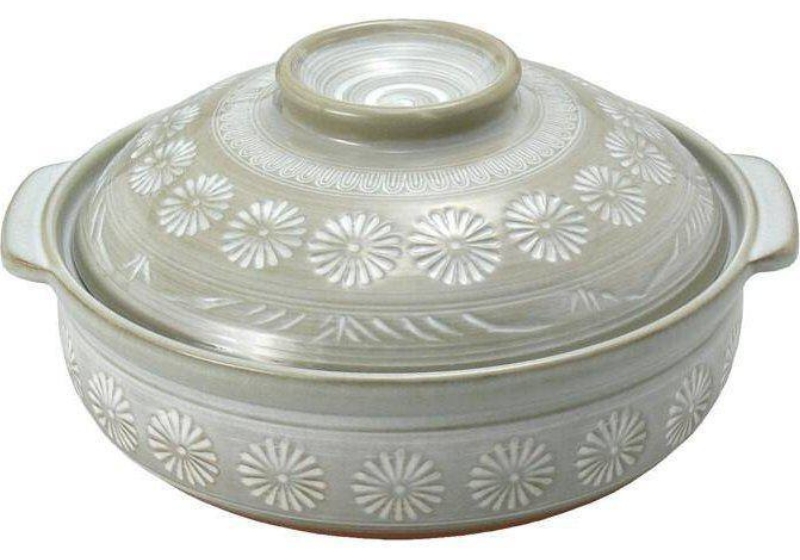
Ginpo claypot hana mishima, Minimaru
SKATER MY NEIGHBOUR TOTORO DONABE Claypot size 1 $240:
Great for cooking rice and doubling up as a deep pot for simmered dishes and stews blending functionality and aesthetics.
NAGATANIEN HAKEME CLASSIC DONABE Large $325:
Handcrafted offering superior heat retention and far-infrared effect, making it a favourite with professional Chefs.
For your donabe to cook at home, this well-laid-out Takikomi Gohan recipe will do the trick. It also comes with a vegan option, FAQs and easy-to-follow pictures and instructions.



